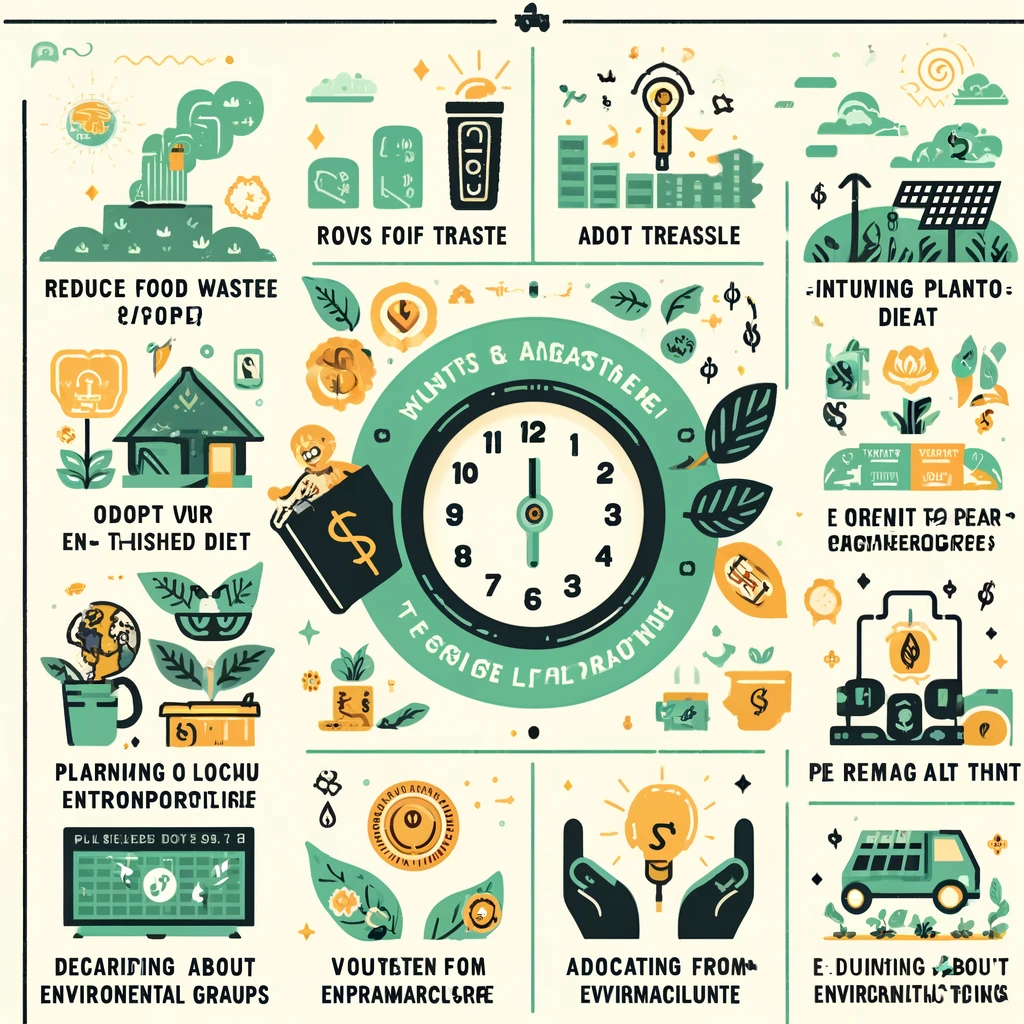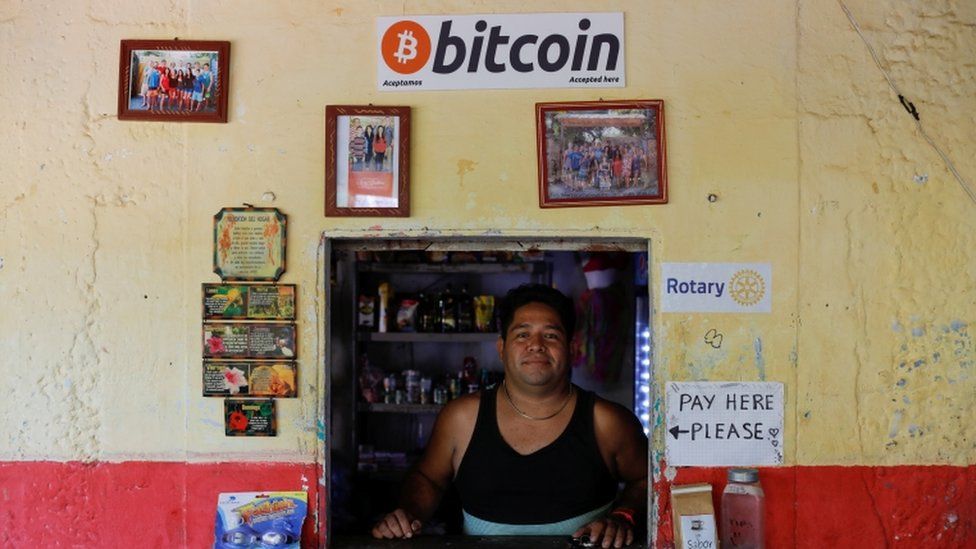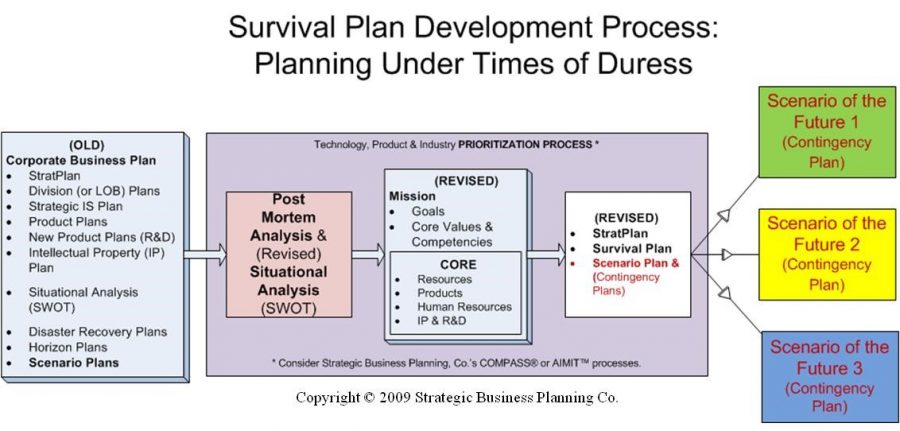There are several scenarios that jump out at you.
Hall and Knab (2012) outlined 11 or so items that were non-sustainable trends/practices that appeared to have compounding and accelerating forces. Those items get worse in a wicked bad way when they go unattended. Therefore, they are wonderful areas to generate scenarios. Here’s a few: US Debt deficit, US Trade deficit, the interest rate bomb, Life-style bomb, the compounding healthcare costs escalation bomb, the fossil fuel energy bust (peak) or bomb (massive government intervention), and the single problem vs integrated problem dilemma.
There are a few more that jump out in current months. The news and its reliability keeps getting worse. Fake news has become a steady fact. And miss information is well ahead of good, reliable journalism. The SustainZine blog wonders if this is not the time for WikiTribune approach to journalism. There’s many ways that the broken news system can go: from really bad, to even worse; or to use the leverage of computers, networking and crowds to purify it (if only a little). There’s probably no situation where the regular media world of news, near-news, or fake-news will stay the same as it has evolved in 2016 and 2017.
Another scenario rich environment is global warming, renewables and fossil fuels. While companies have been steadily getting on-board with the idea that they need to start aiming for sustainable business models, the politics has gotten into a kink. While China and India have made a massive about-face on the Paris conference and actions toward thwarting off Global Warming; the US under Trump is about to go the other way. With the tug-of-war from the deniers and the greenies, it seem likely that something big is about to give. One side will lose and get pulled in, the other side will win, or the rope will snap. If the greenies are right, the world warming will get very bad, very quickly… that’s ugly, but interesting. There will be a lot of oil and gas and coal that will be rendered useless because it can’t be (shouldn’t be) burned. If the deniers are right, the oil, gas and coal companies have many more decades to enjoy unfettered combustion. And Ha Ha to those foolish fear-mongers in Paris.
Inflation. The US, with $20T in debt on a $19T sized economy based on GDP, currently pays about 9% of all government revenues in interest. (Revenue seems like the wrong word to use for government inflows.) That is at near zero interest rates. When inflation goes up, the fed will end up paying much, even all of the revenues toward servicing the debt. At just over 10% interest, the Fed would pay almost all revenues toward servicing the debt. Nothing for Medicare, SSI, or Military. Oh, and it has been about 8 years, since we have had a good recession, which happens on average every 7 years.
Gold is an interesting scenario. Lot’s of people thought it would shoot off into space, for many reasons. The US Dollar is strong because it is the best shanty in the slum neighborhood, so gold should look good, relatively. But maybe a crypto currency like Bitcoin, massive federal government interventions around the world –and other factors — have taken the luster off of what some consider the most secure investment in the world?
What other scenarios do you see looming?
What’s the best way for a business to prepare for some of these scenarios that loom large?
References
Hall, E., & Knab, E.F. (2012, July). Social irresponsibility provides opportunity for the win-win-win of Sustainable Leadership. In C. A. Lentz (Ed.), The Refractive Thinker: Vol. 7. Social responsibility (pp. 197-220). Las Vegas, NV: The Lentz Leadership Institute.
(Available from www.RefractiveThinker.com, ISBN: 978-0-9840054-2-0)









